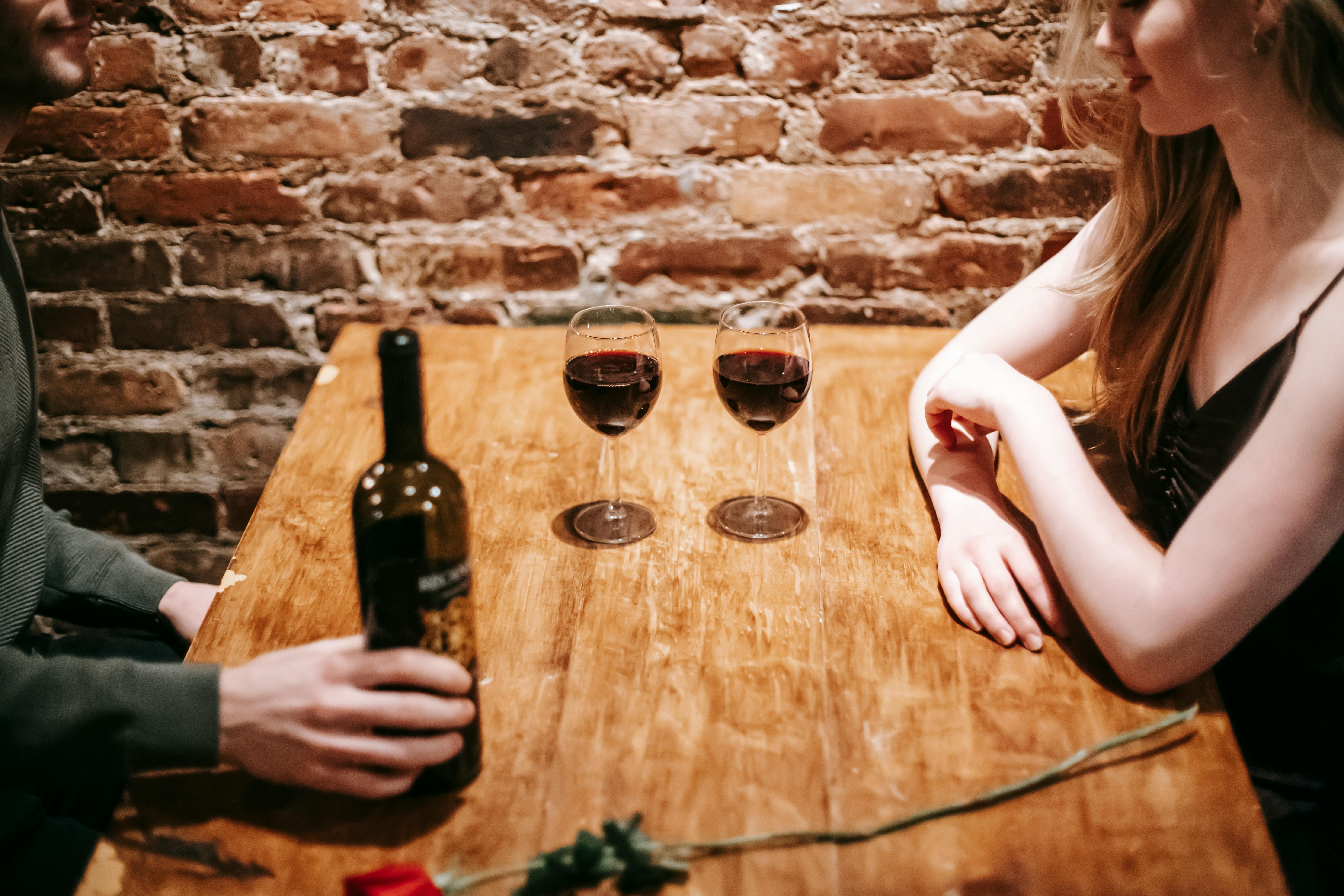Learn restaurant corkage fee strategies: Pricing benchmarks, tips & implementation guide

For restaurants, especially those offering table service, every revenue opportunity matters, including how you handle customers who bring their own wine. Corkage fees have changed since the pandemic, and finding the right balance is crucial when you’re deciding how much to charge.
Set fees too high and you'll alienate guests; set them too low and you'll undermine beverage program profitability.
This guide provides current benchmarks, legal considerations, and implementation strategies to help ensure you boost your bottom line without hurting the guest experience.
Corkage fees compensate your restaurant for service, glassware use, and the revenue lost from not selling wine from your list. Your staff continues to provide professional services, including opening, decanting, temperature management, and glassware, regardless of the wine source.
With wine sales typically generating 30-40% of restaurant revenue, effective corkage policies balance:
Smart corkage policies not only preserve revenue but also enhance customer satisfaction when implemented thoughtfully.
Before establishing any policy, understand your local legal landscape. Regulations vary dramatically across jurisdictions, with some states permitting BYOB while others impose restrictions or bans.
States with generally permissive BYOB policies include California, Illinois, Texas, New York, Oregon, and Pennsylvania. However, even within these states, local ordinances may create exceptions. Local jurisdictions may have additional regulations or outright bans, especially in places with existing liquor licenses.
It’s important to:
Recent market analysis shows most establishments charge between $10-$50 per bottle, with $20-$25 being most common.
Casual Dining ($10-$25)
Neighborhood restaurants and family eateries typically keep fees below $25 to maintain accessibility, often implementing lower weekday fees to drive traffic during slower periods.
Mid-Range Establishments ($25-$35)
These venues often implement sliding scales based on the quantity of bottles or special occasion exemptions.
Fine Dining ($50-$100+)
Premium venues in cities charge $50-$100+ per bottle. The higher end of that range is particularly common in competitive markets like New York.
Beyond flat rates, innovative corkage strategies gaining traction include:
Tiered Quantity Structures
Incentive Models
Special Occasion Considerations
A well-designed policy requires clear parameters and consistent application:
Bottle Restrictions
Fee Documentation
Staff Training
Exception Handling Procedures
Technology enables precise tracking of custom fees, such as corkage, and supports reliable, modern payment solutions. Implement these digital strategies:
POS System Configuration
Reservation System Notifications
Payment Processing Enhancements
Data-Driven Optimization
Fine Dining with Tiered Structure
Typically, high-end restaurants implement graduated policies such as:
Bistro with weekday incentives
For casual neighborhood restaurants, consider:
Wine-Focused Restaurant Balance
For wine bars, create a policy that protects your program while accommodating collectors:
1. Research Your Legal Foundation
2. Analyze Your Market Position
3. Design Your Policy Framework
4. Implement Digital Integration
5. Train Your Team Thoroughly
6. Monitor and Optimize
The most important aspect of any policy is maintaining flexibility. By implementing a thoughtful, well-communicated strategy, you can eliminate potential friction points and provide service that keeps guests coming back.
Ready to streamline your corkage fee management? Peppr makes it simple to implement and track custom fees with dedicated buttons, variable pricing, and detailed reporting. Learn how Peppr can help optimize your restaurant's revenue opportunities.
